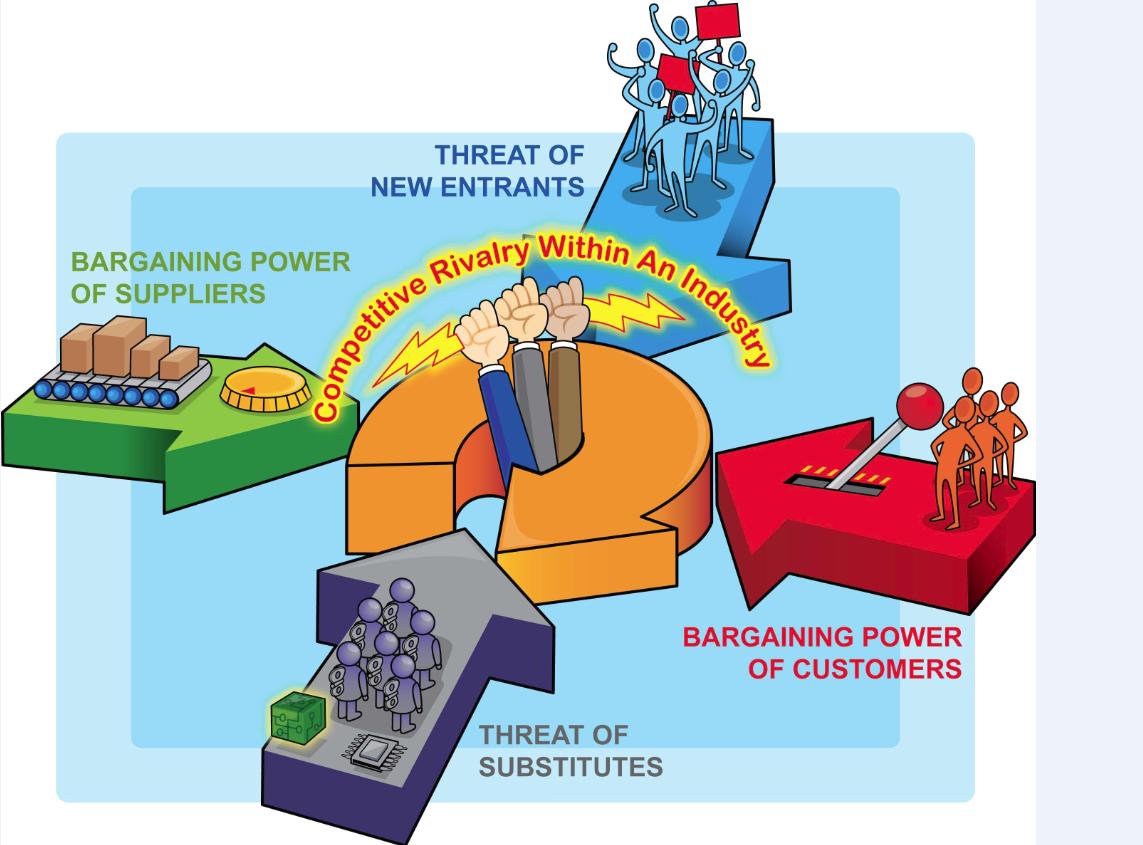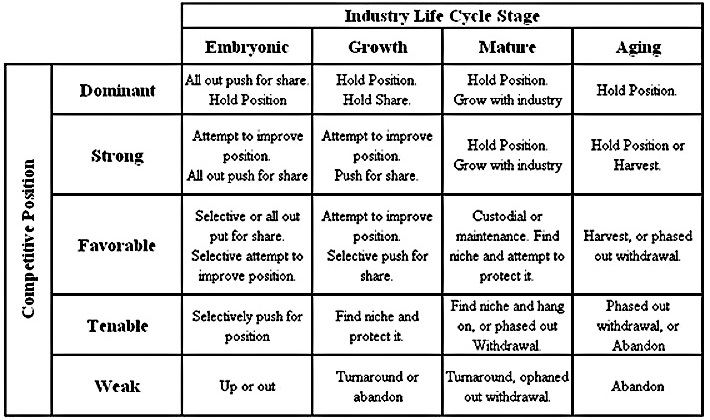(SHORT
NOTES FROM STRATEGY TOOLS:
Competitive
Advantage at http://www.mindtools.com)

Business is more global than it's ever
been. Competition between different
organizations in different countries is likely to become ever more intense. It is important to understand how the business
conditions in one country differ from those in another country. Strategic analysis can be done through Porter’s
Diamond.

Many factors influence the moves that organization
makes, including customer expectations, financial goals, corporate culture and
values, people's skill and ability levels, and even assumptions about strengths
and weaknesses. When it comes to
predicting the behavior in the future, it's important to look at all of the
factors that could influence the decisions. The Porter's Four Corners Model is a
framework that can be used to analyze competitors and predict the future
behavior. It help organizations to analyze
the competitors' positions, and predict the future courses of action.

According to economics professor, John
Kay, there are three key sources of distinctive capability that ultimately
predict an organization's success. Kay
created the model after spending several years studying the origins of
industrial and corporate success. He
concluded that success depends on the quality of the relationships that an
organization creates with its employees, shareholders, customers, and
suppliers. When built correctly, these
relationships become a strong and enduring source of competitive advantage. Organizations can't succeed in the long-term
simply by selling more effectively, by producing better products, or by having
better processes than their competitors, as these approaches can be copied
quite easily. To succeed in the
long-term, they must use at least one of the three distinctive capabilities in Kay's
Distinctive Capabilities Framework.

Part of thinking about strategy involves
thinking about the state of your industry; understanding how your organization
fits into it; and, from this, figuring out your best way forward. Arthur D Little (ADL) Matrix helps you
think about strategy based on:
·
Competitive Position
o – How strong is your strategic position?
·
Industry Maturity
o – At what stage of its lifecycle is the industry?
This strategy does not apply so well to
business lines with dominant competitive positions in declining markets.

Dr Kenichi Ohmae has developed Kenichi
Ohmae's 3Cs Model to help organizations think how they can compete
effectively. Dr Ohmae is considered to
be one of the top five management gurus in the world. The model is based on integrating the three
most critical elements business strategists need to focus:
·
The Customer – Defining the
"rewarders."
·
The Corporation – Defining yourself.
·
The Competitors – Defining the others.
Each of these three Cs is important in
itself, and also impacts the others. By
assessing strategies related to each C, you can look at how best to integrate
them into an overall strategic plan.
Every so often, an organization needs to
ask itself why it has a certain market position. Many factors can contribute to market
position. Each organization has its own
specific set of resources – people, processes, physical assets, and more. VRIO analysis can help to evaluate the
potential and effectiveness of all of these resources on an ongoing basis, to
build a competitive edge.

Business doesn't exist in a vacuum. There will always be other businesses
competing for customers in your field. A
competitor is a rival company operating in the same industry as you, selling
similar goods or services. Competitive
intelligence (CI) generally part of a market intelligence plan, which is
designed to improve your business decisions by keeping you up to speed what's
happening in the external market environment. CI practices helps monitor and assess the
actions of competitors and long-term market prospects. Competitive intelligence is the systematic
monitoring of your competitors' actions to determine what they're currently
doing – and what they're likely to do in the future.
There are so many factors that
contribute to successful operations, and knowing what to investigate and spend
your time analyzing is half the battle. Marvin
Weisbord's Six-Box Model gives you six good places to start looking for
improvement in your business. By paying attention to these key areas, you can
start generating options for creating a stronger organization.
It’s important to meet the customers’
wants and needs when developing a new product or services. It’s also vital that you significantly exceed
your customers' expectations. Kotler
and Keller's Five Product Levels model can be used to develop new products
that exceed customers' expectations. The
model highlights five ways that you can add value to a product.


No comments:
Post a Comment